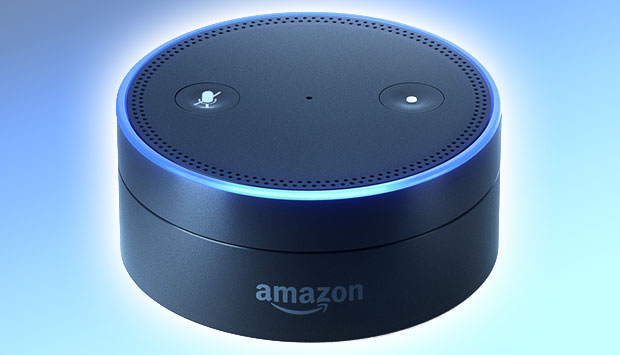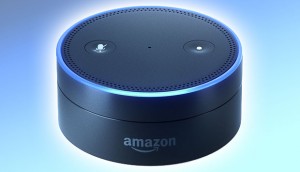2 mins read
Amazon Launches 2 New Alexa Devices

Amazon announced two products, Echo Dot and Amazon Tap, that extend the range of the Alexa-enabled home
Tags:
- amazon alexa api
- amazon alexa echo
- amazon alexa review amazon alexa app
- amazon alexa setup
- amazon alexa wiki
- Amazon Dash
- Amazon Echo
- amazon echo app
- amazon echo deutschland
- amazon echo india
- amazon echo india launch can amazon echo work in india other products like amazon echo amazon echo with prime membership amazon echo fail alexis from amazon
- amazon echo release date
- amazon echo review
- amazon echo youtube
- amazon prime amazon echo india price
- does amazon echo work in india








